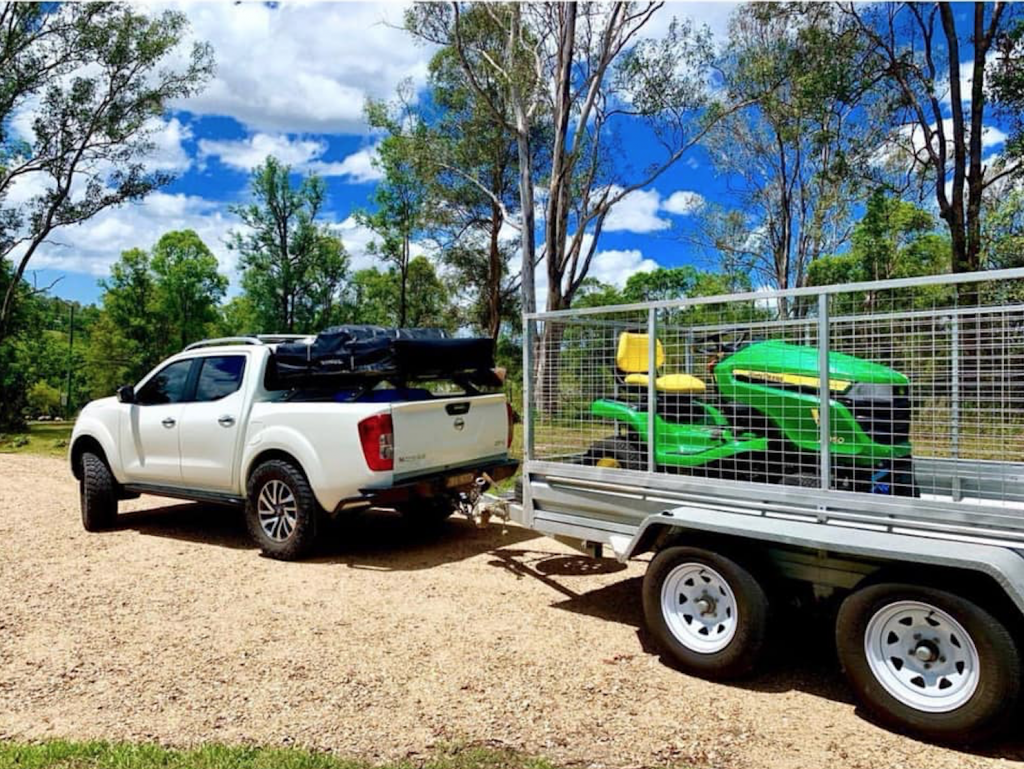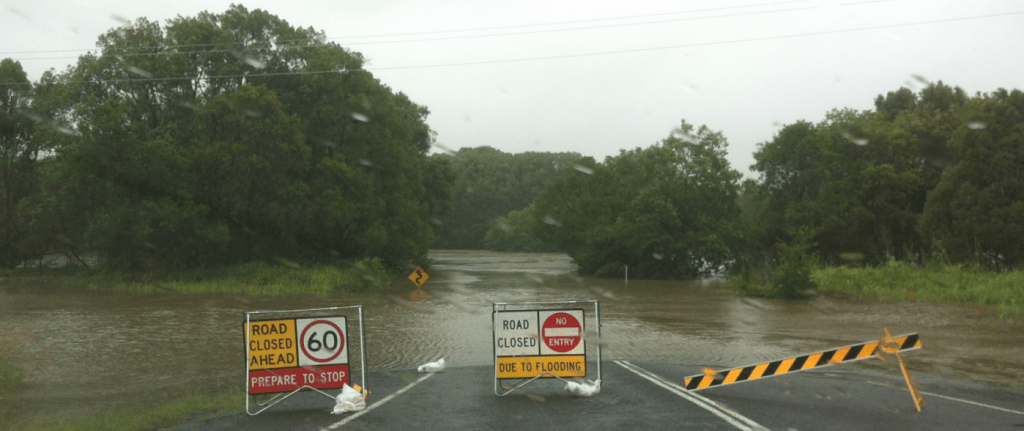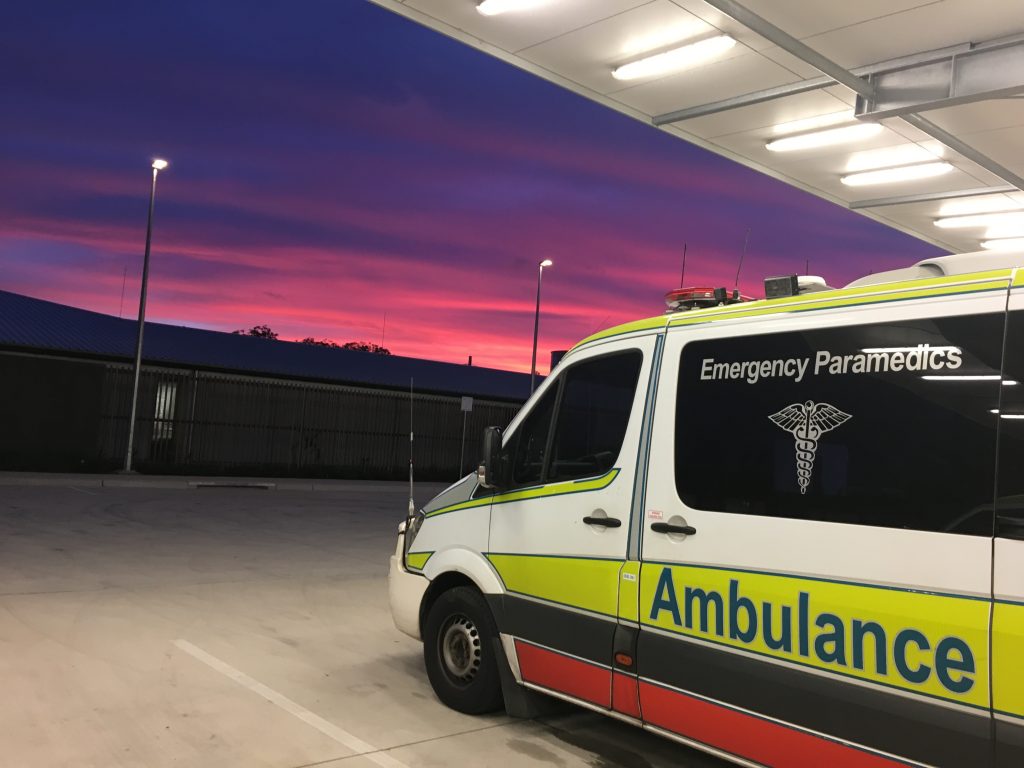

Having a break down or accident and requiring towing in bad weather can be a very stressful and unpleasant experience. In a storm, road conditions can change in an instant, with heavy downpours, flash flooding, strong winds and even hail. Living in Queensland, this type of weather event has become a regular occurrence and the storm season is becoming more ferocious every year. Statistics have shown that car accidents happen much more frequently in wet weather conditions than in any other. Make sure that next time there’s a storm, you get to your destination safely and don’t become another road safety statistic.
Follow these five easy steps to ensure your car is as safe as possible in all weather conditions.
-
Check Your Tyres
Frequently check that your tyres still have plenty of tread on them to reduce the chances of skidding or hydroplaning. If you are unsure if your tyres have enough tread, it’s always best to check with a professional. Such as a tyre centre like Bob Jane T-Marts or Beaurepaires . Remember, how long your tyres ultimately last depends on how frequently you drive, the distances you cover and your driving style.
-
Check Your Lights Are Working
This can be done by turning on your headlights and hazard lights and walking around your vehicle to check all lights are working. You will also need to check the brake lights by asking a friend / work colleague to check the back of the car while you operate the brakes. Always remember to turn on your headlights during storms and low light to increase your visibility.
-
Check Your Windscreen and Wiper Blades
Always ensure that your windscreen is clean, and your wiper blades are in working order. Your wiper blades should be soft, flexible and have an even contact across the screen. Poor visibility during wet weather can increase your chance of having an accident. Wiper blades can be purchased at any automotive store and some stores offer installation by a staff member for a small fee. An example of prices can be found here at SuperCheap Auto.
-
Stopping Distance
It is recommended to travel at least 2 seconds behind the vehicle in front of you in dry conditions. During wet weather you should allow yourself at least 4 seconds between you and the vehicle in front. This allow’s you more time to come to a stop safely if the car in front of you brakes abruptly or does something unexpected.
-
Braking and Accelerating
Avoid braking heavily or suddenly as this can lead to your vehicle skidding. This will reduce your steering capabilities and control of the vehicle. This also applies to acceleration, for instance stopped at a traffic light you should always accelerate smoothly to avoid loss of traction.
We all have to commute to and from work and can unfortunately be caught up in storms. Following these 5 easy steps will make sure that you get to your destination safely next time bad weather occurs. For further advice check out 7 Safety Tips for when you breakdown in your vehicle, What to do when EMERGENCY vehicles approach and Changing a flat tyre. Always remember IF IT’S FLOODED FORGET IT. If you do unfortunately find yourself in one of these situations and require towing, don’t hesitate to give us a call at Quicktow Tilt Tray Transport on 0421 767 515.



